
The Best Hair Care Practices for Low Porosity Hair
If you have low porosity hair, you may have noticed that your hair often feels resistant to moisture and product absorption. This is because the tightly packed cuticles create a barrier that makes it difficult for moisture to penetrate. However, with the right hair care practices, you can ensure your low porosity hair stays hydrated, healthy, and manageable. In this blog, we’ll share the best tips and tricks for caring for low porosity hair.
Understanding Low Porosity Hair
Low porosity hair has a cuticle layer that lies flat and tightly together, making it harder for moisture and products to penetrate. This can lead to issues like product buildup, dryness, and difficulty in styling. However, low porosity hair also has its benefits, such as being less prone to frizz and damage.
Tips for Caring for Low Porosity Hair
1. Use Warm Water to Wash Your Hair
-
Washing your hair with warm water helps to gently open the cuticle, allowing for better absorption of moisture and nutrients from your hair products. Avoid using hot water, as it can strip your hair of natural oils.
2. Clarify Your Hair Regularly
-
Product buildup is a common issue for low porosity hair, as products tend to sit on the surface rather than being absorbed. Use a clarifying shampoo once or twice a month to remove buildup and ensure your hair can absorb moisture effectively.
3. Opt for Lightweight, Water-Based Products
-
Heavy oils and butters can weigh down low porosity hair and create buildup. Instead, choose lightweight, water-based moisturizers and leave-in conditioners that can penetrate the hair shaft more easily.
4. Incorporate Heat During Deep Conditioning
-
Deep conditioning is essential for low porosity hair, but to make it more effective, apply heat. Use a steamer, a warm towel, or a heat cap to help open the cuticle and allow the conditioner to deeply penetrate the hair.
5. Avoid Overloading with Protein
-
While protein treatments are great for strengthening hair, low porosity hair is more prone to protein buildup, which can make it feel stiff and brittle. Focus on moisture-rich products and use protein treatments sparingly.
6. Detangle with Care
-
Detangling low porosity hair can be challenging due to its resistance to moisture. Use a wide-tooth comb and a detangling conditioner to gently work through knots and tangles, starting from the ends and working your way up to the roots.
7. Seal in Moisture with Light Oils
-
After applying your moisturizer, seal in the moisture with a light oil such as almond oil, sunflower oil, canola oil, argan oil or grapeseed oil. This helps to lock in hydration without weighing down your hair or causing buildup.
8. Limit the Use of Heavy Styling Products
-
Heavy gels and creams can sit on the surface of low porosity hair and lead to buildup. Instead, opt for light styling products that provide hold without leaving residue.
Styling Tips for Low Porosity Hair
1. Use Minimal Heat Styling
-
Low porosity hair is naturally less prone to frizz, so you can achieve smooth styles without excessive heat. If you do use heat styling tools, always apply a heat protectant to minimize damage.
2. Protective Styles
-
Protective styles like braids, twists, and buns can help retain moisture and reduce the need for frequent manipulation. Be sure to moisturize your hair before styling and protect it at night with a satin or silk scarf.
3. Refresh with a Water-Based Spray
-
To keep your hair hydrated between washes, use a water-based spray or a mixture of water and a light leave-in conditioner to refresh your curls and maintain moisture levels.
Conclusion
Caring for low porosity hair requires a balance of moisture, gentle cleansing, and the right products. By incorporating these best practices into your hair care routine, you can keep your hair healthy, hydrated, and beautiful. For more low porosity hair care products, explore Dr. Kanks' specially formulated range designed to meet the unique needs of your hair type.

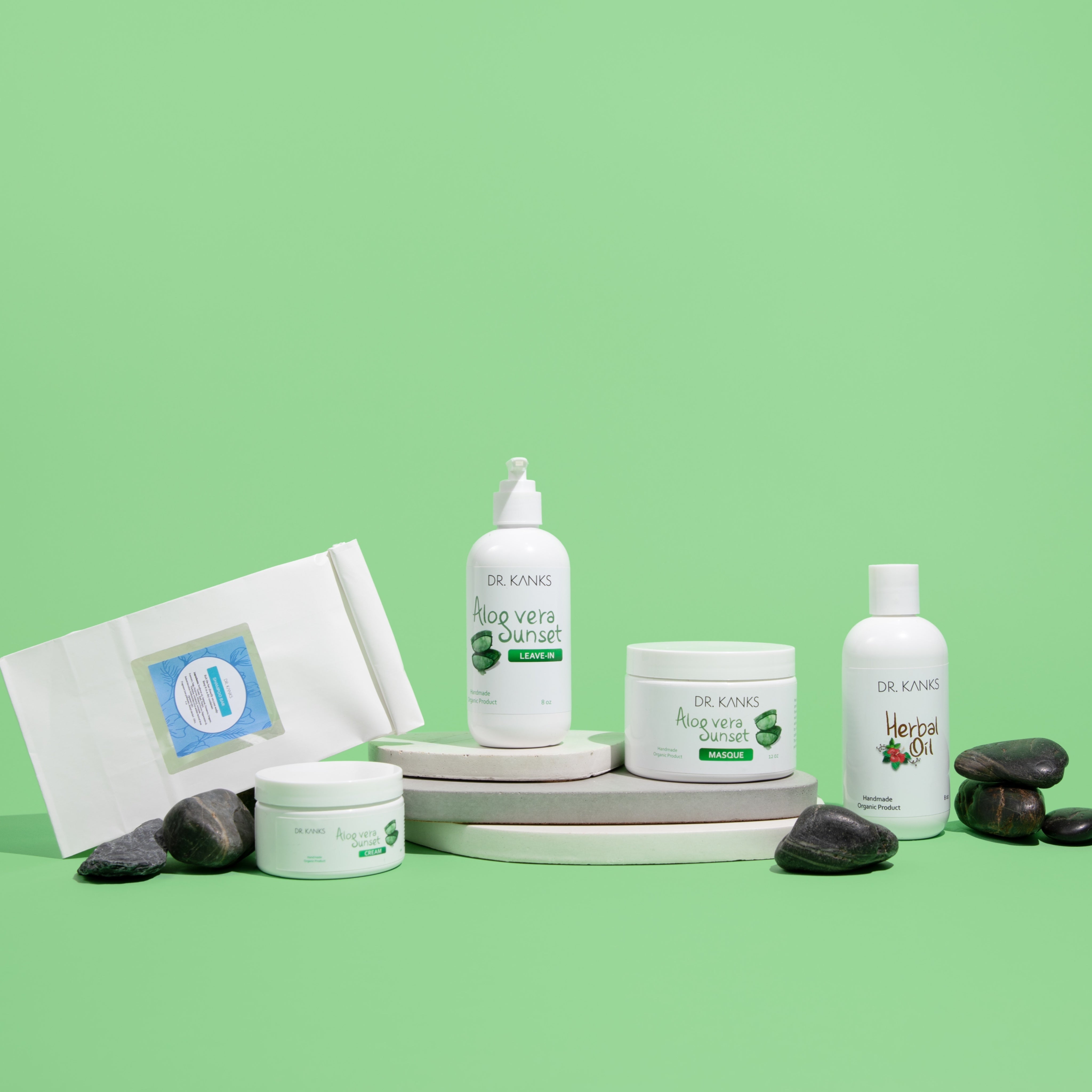
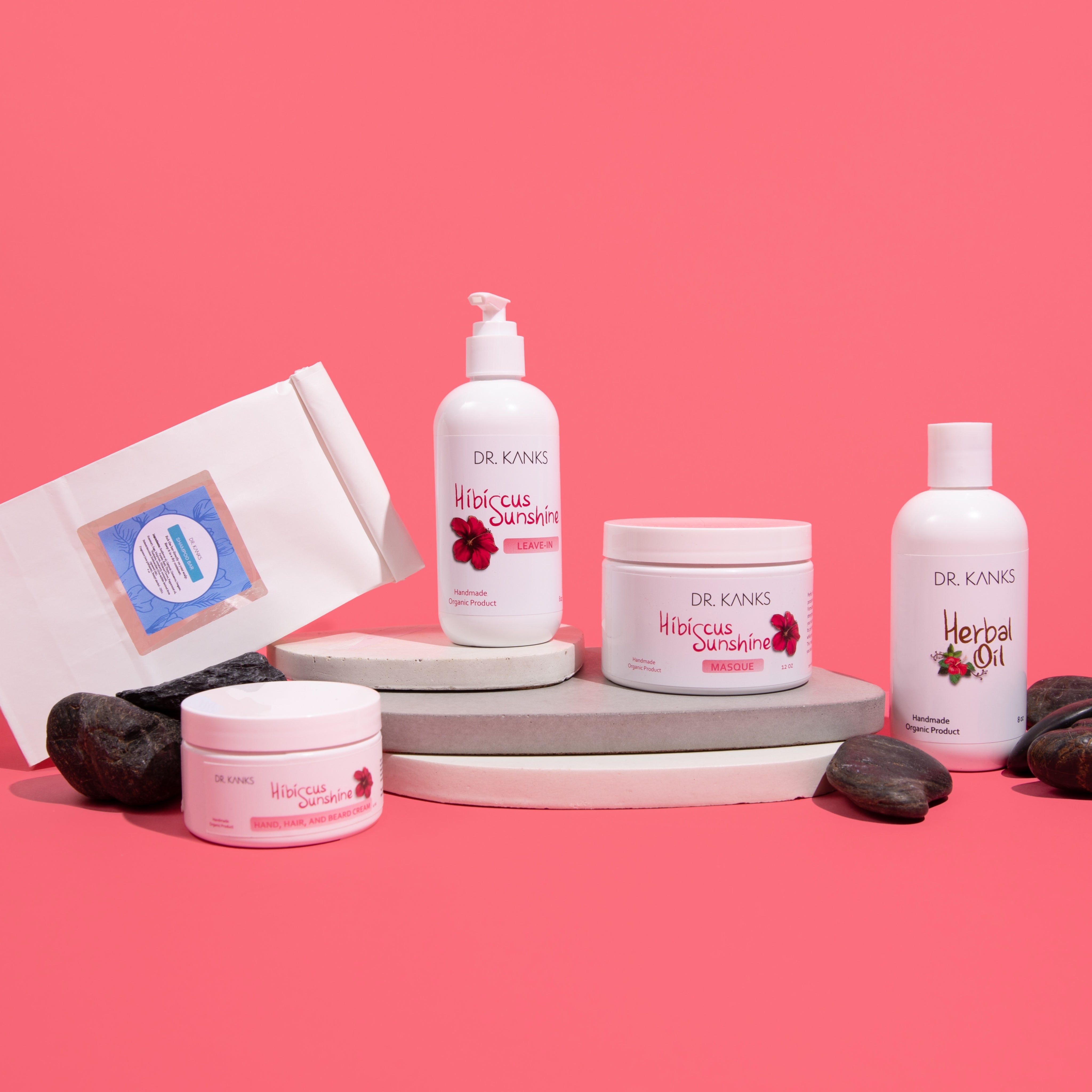

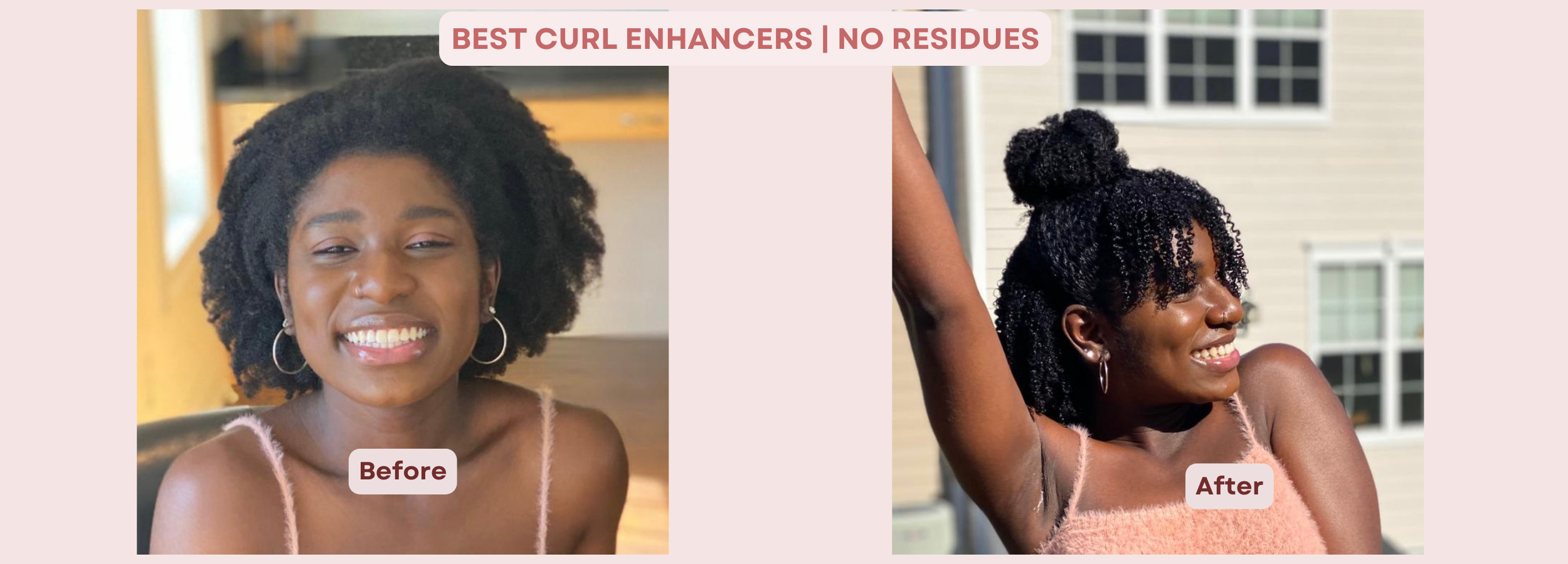
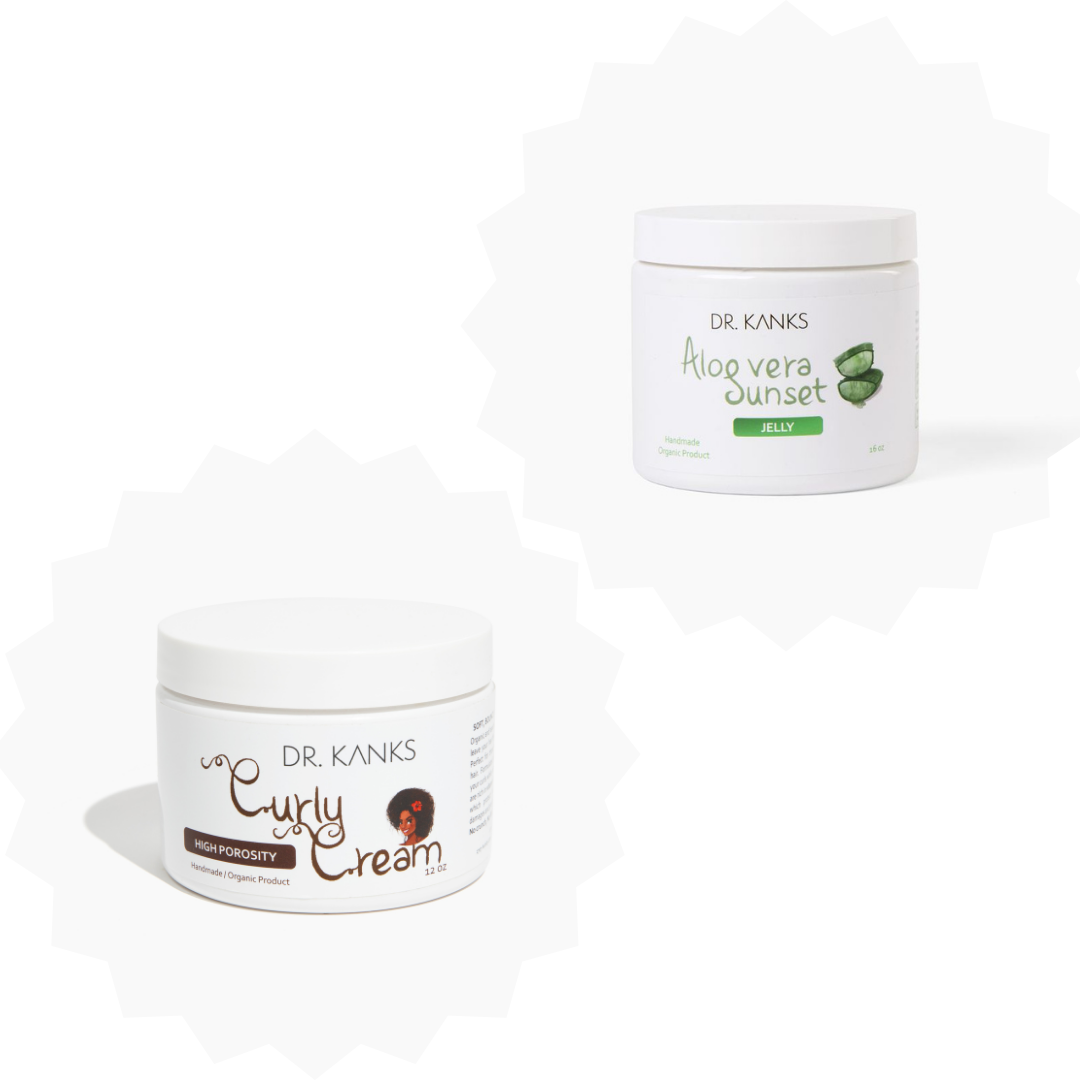

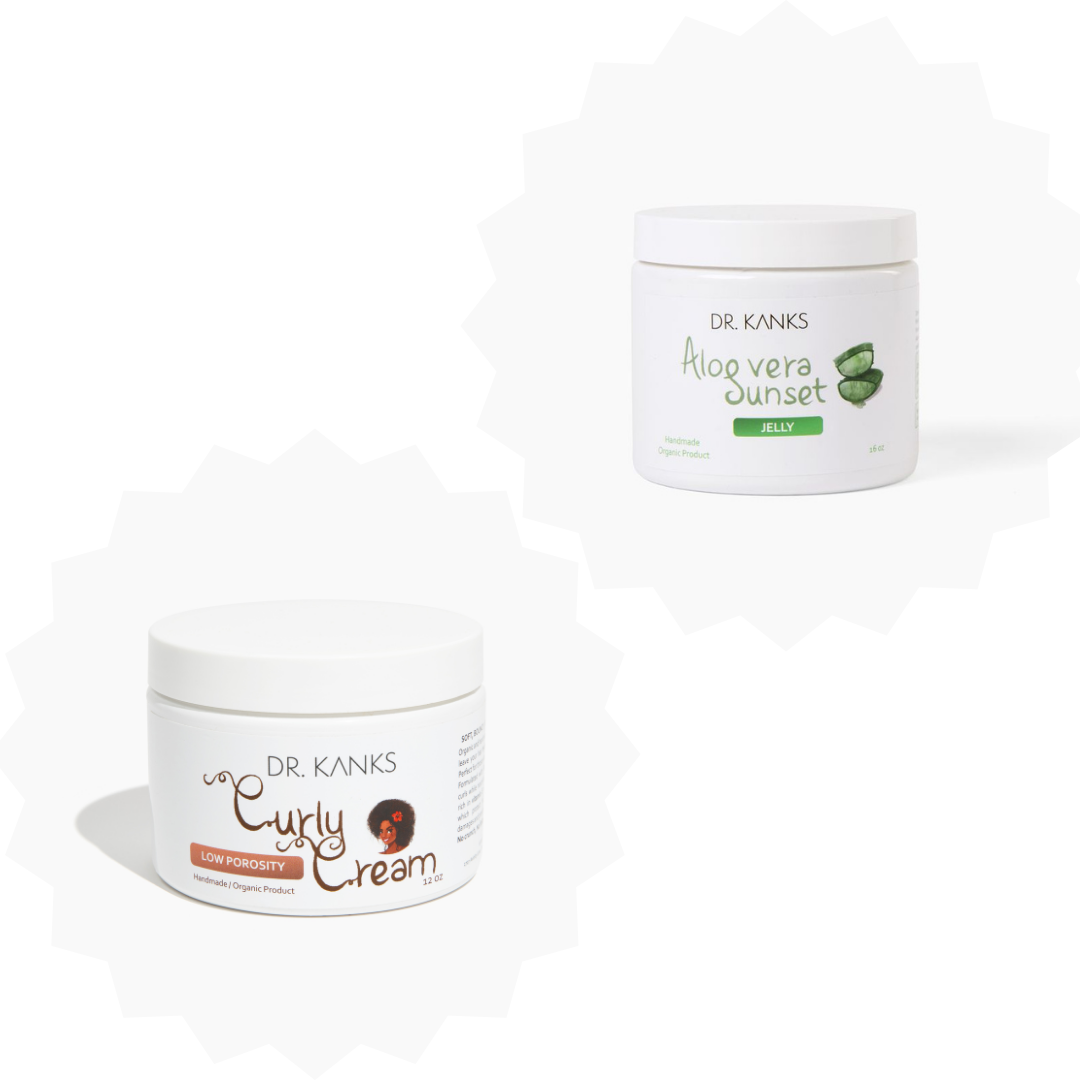
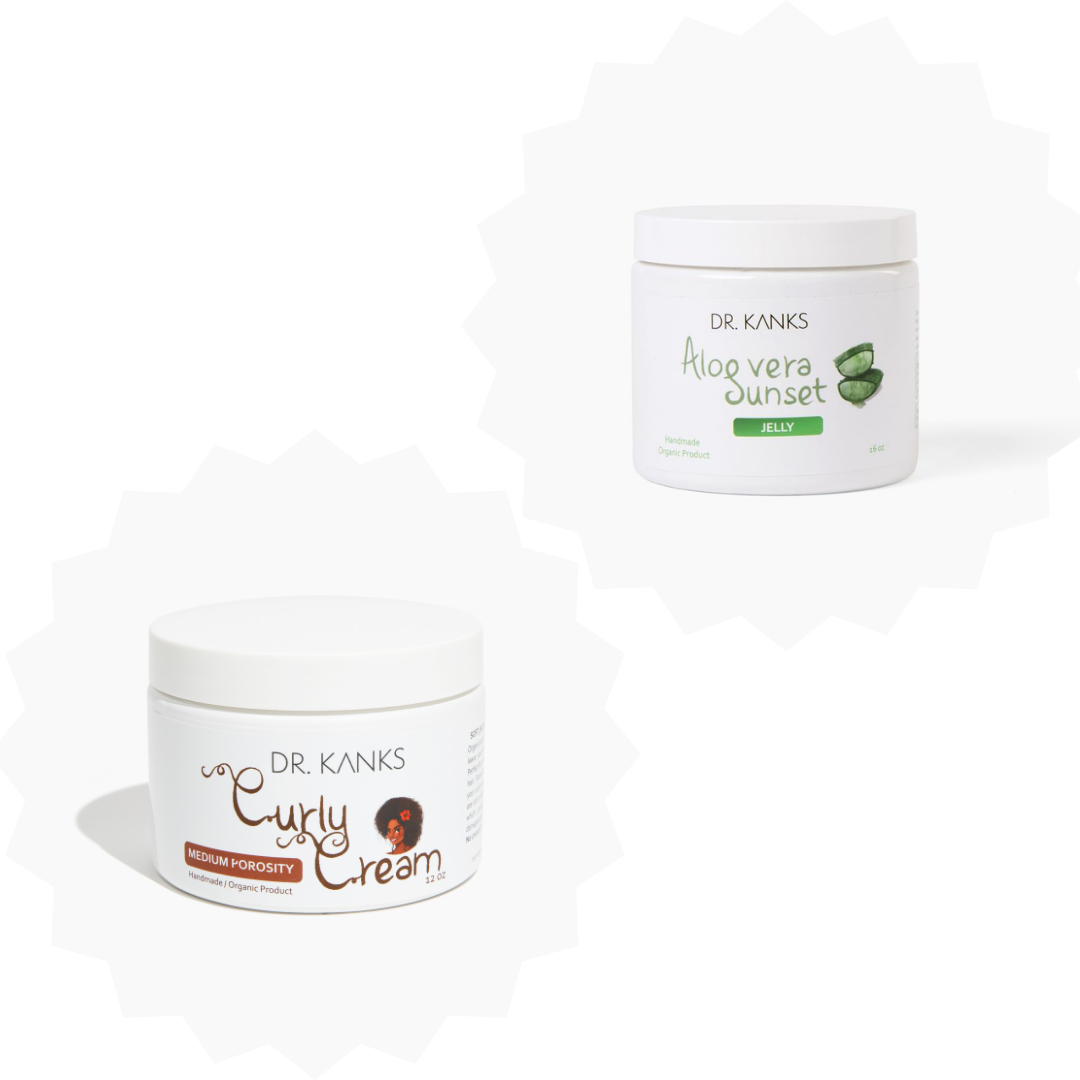
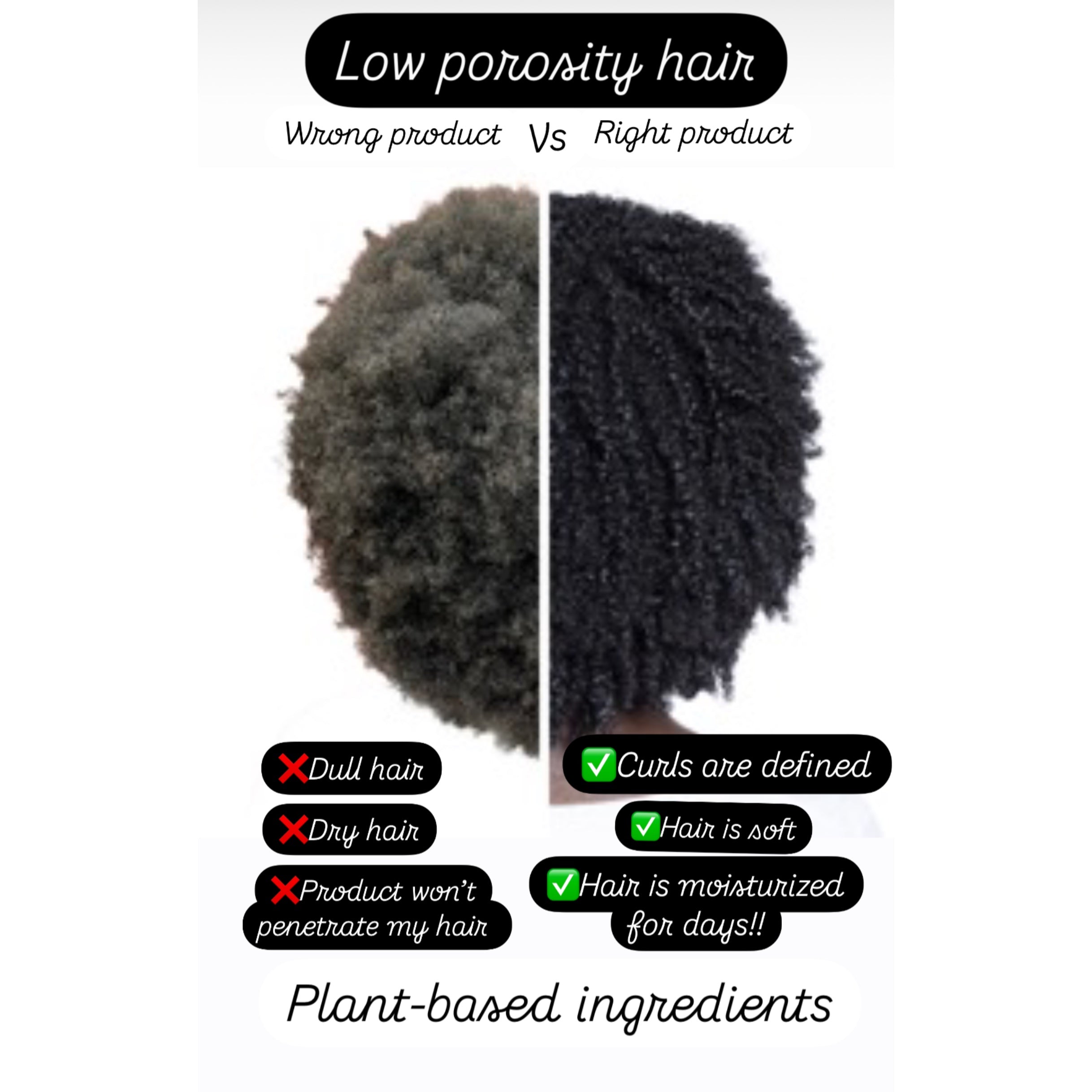
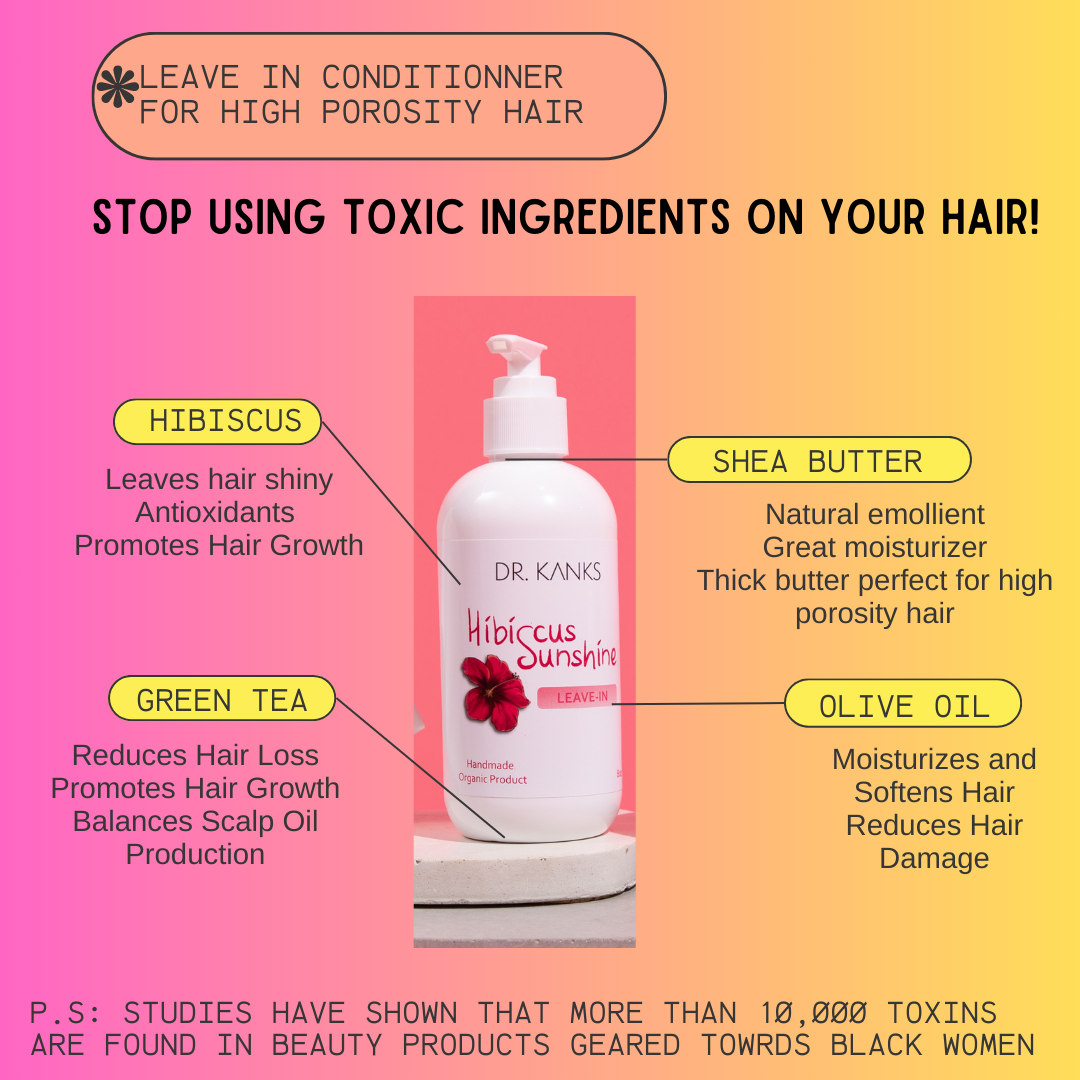
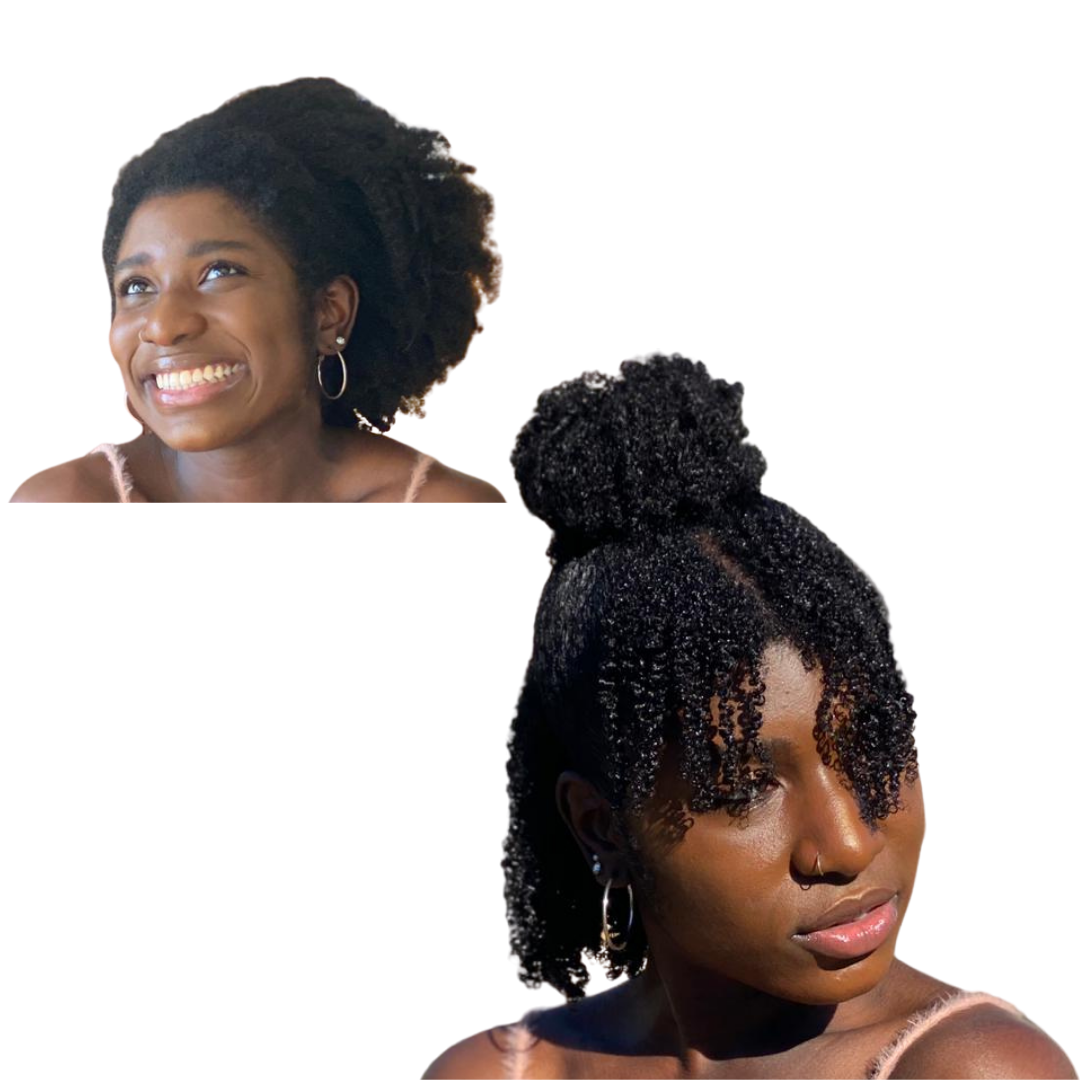
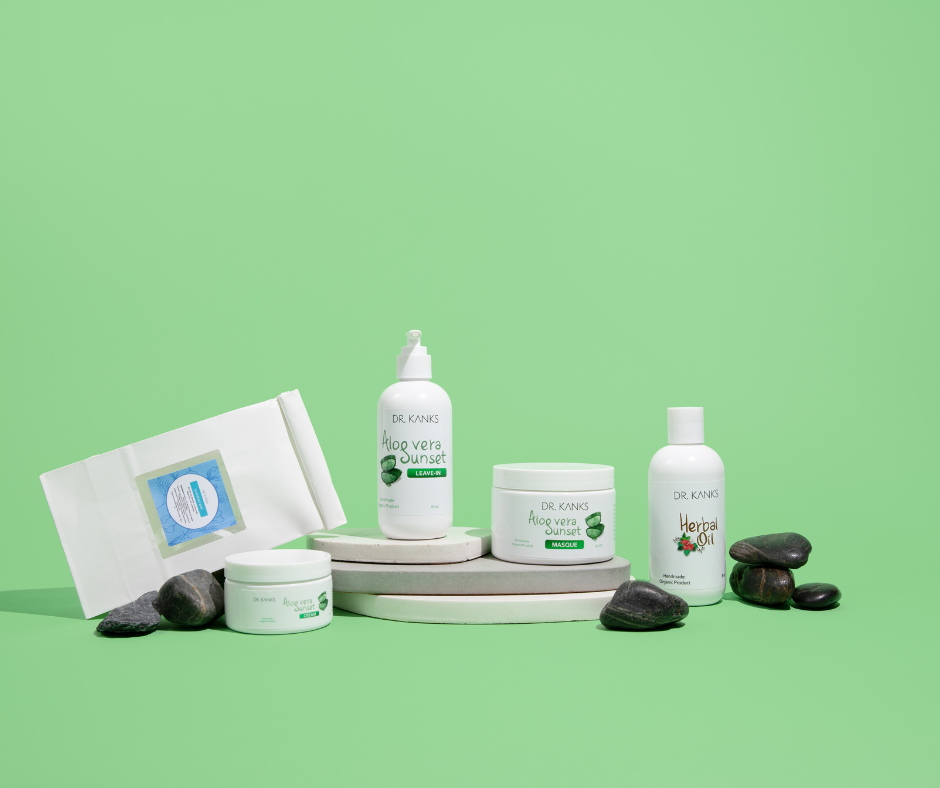
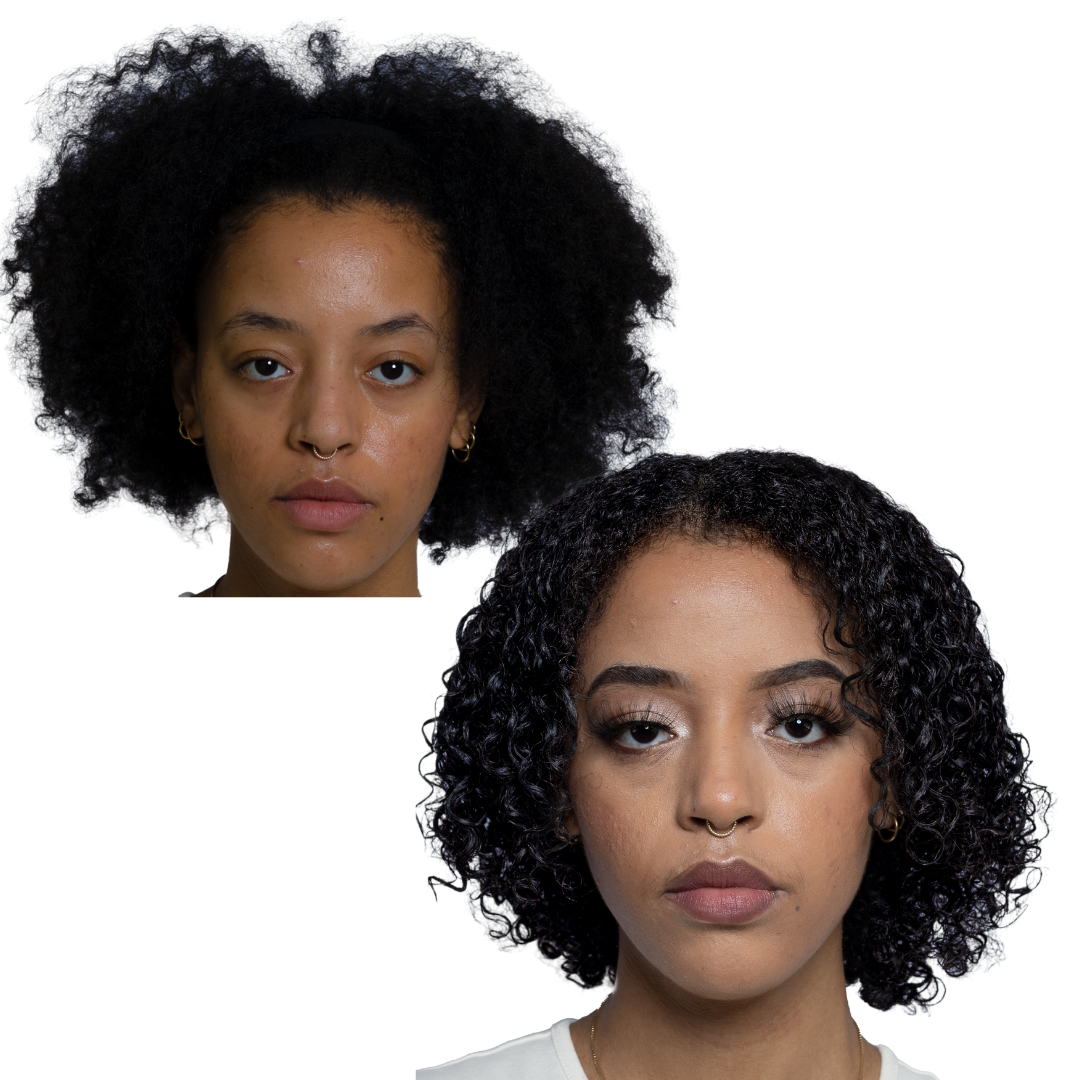
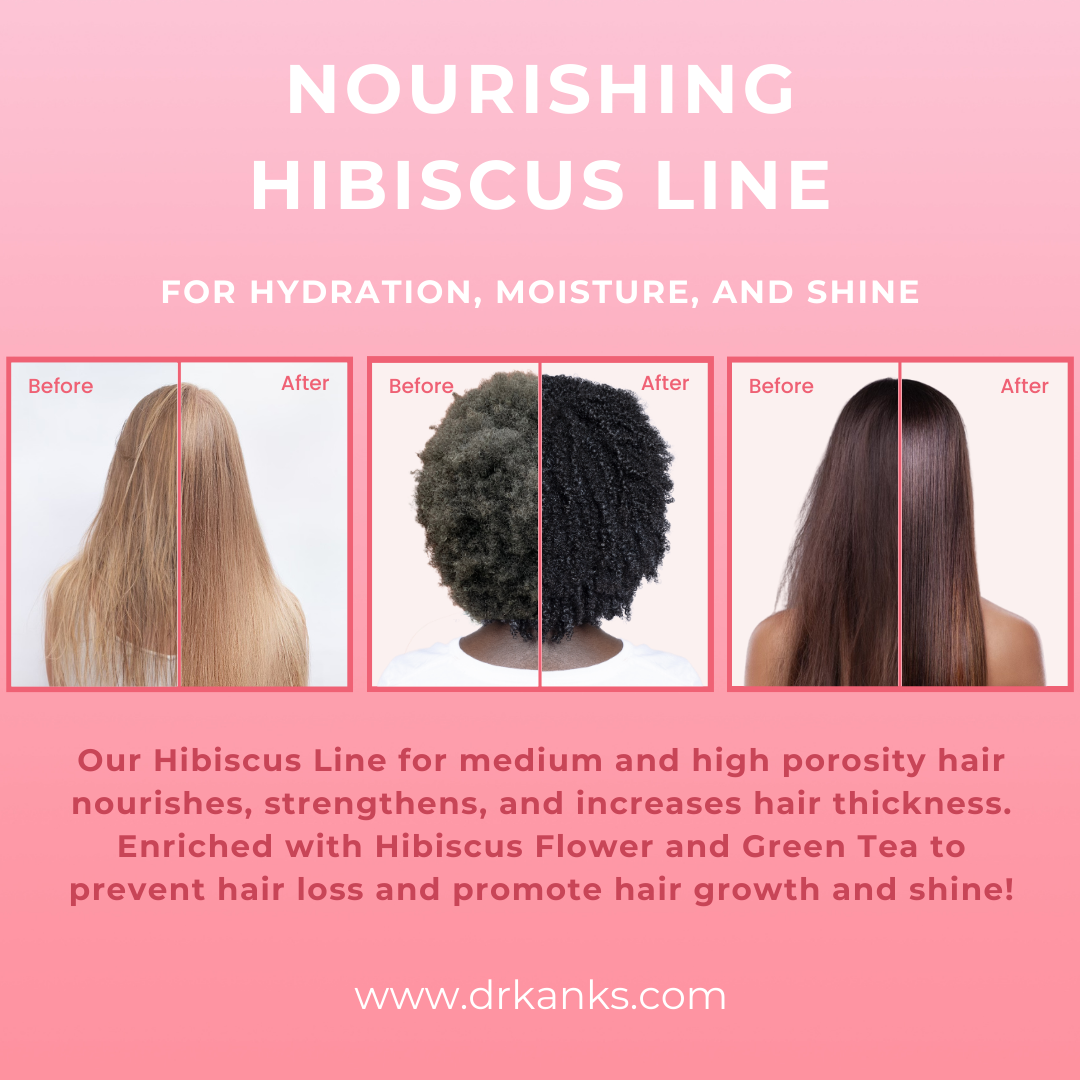

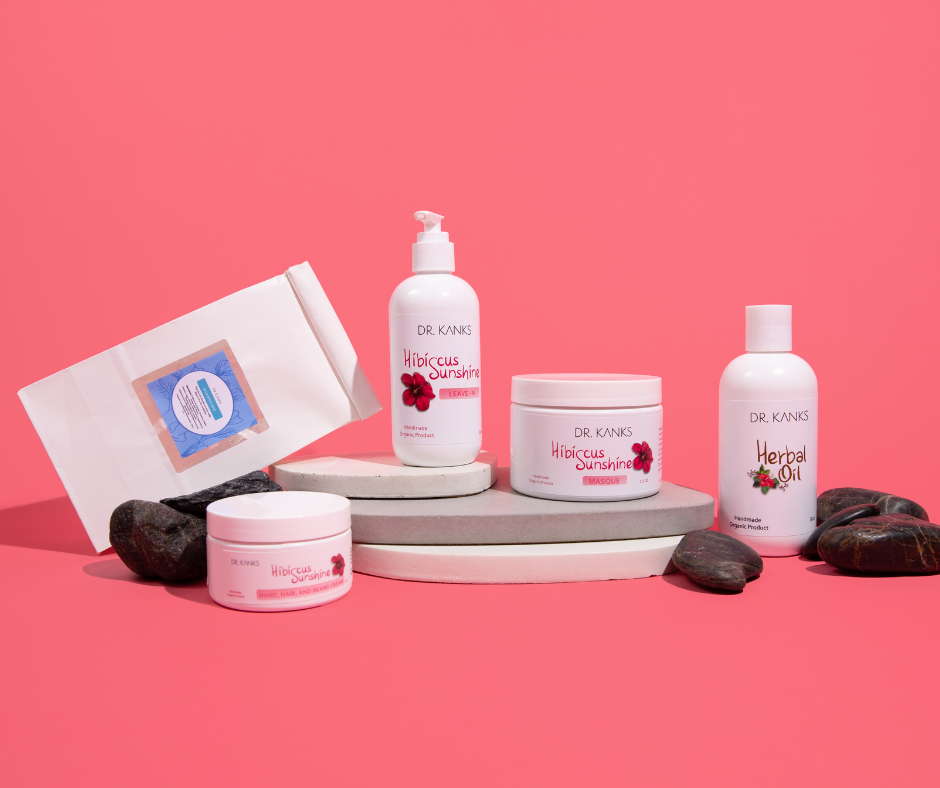
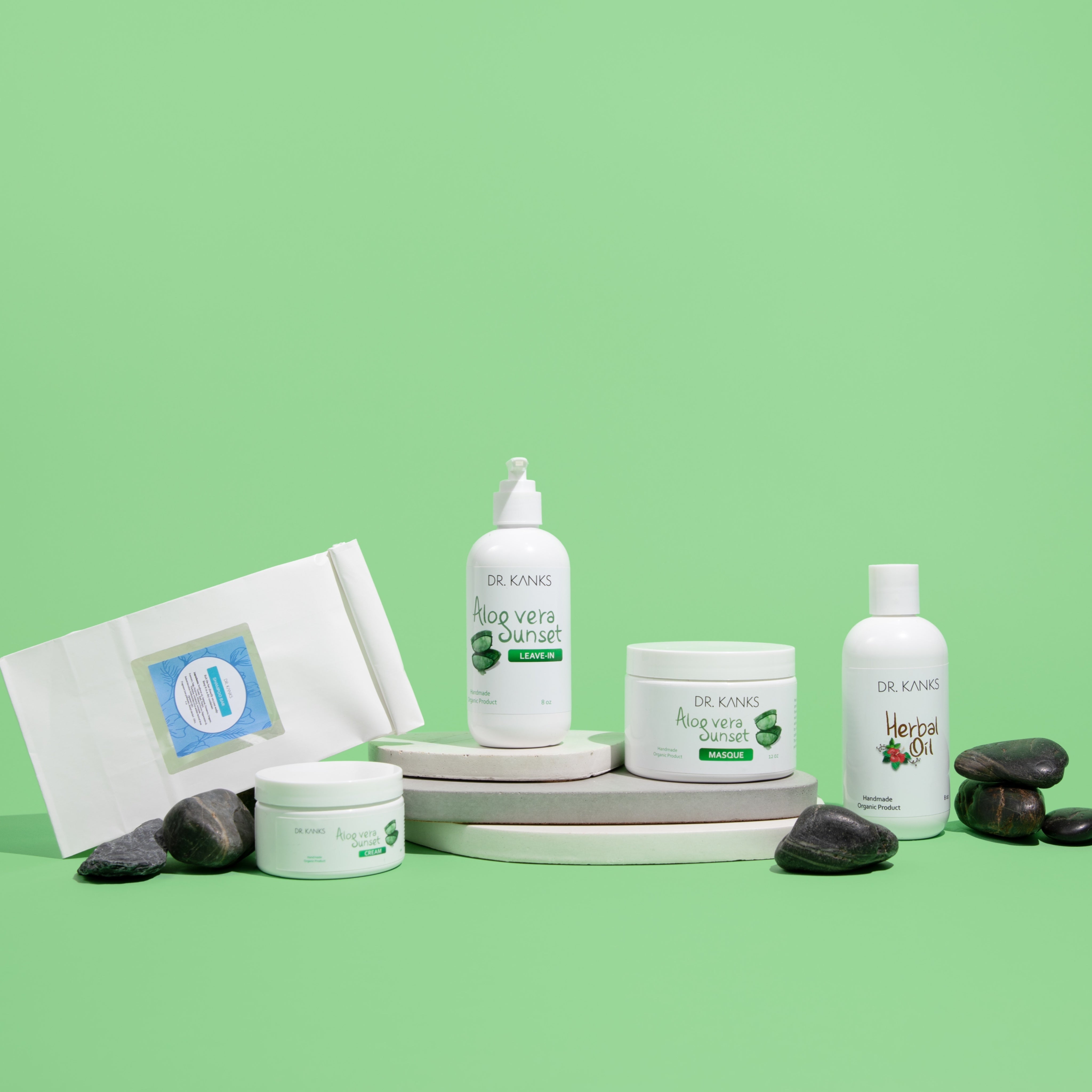

Laisser un commentaire
Ce site est protégé par hCaptcha, et la Politique de confidentialité et les Conditions de service de hCaptcha s’appliquent.